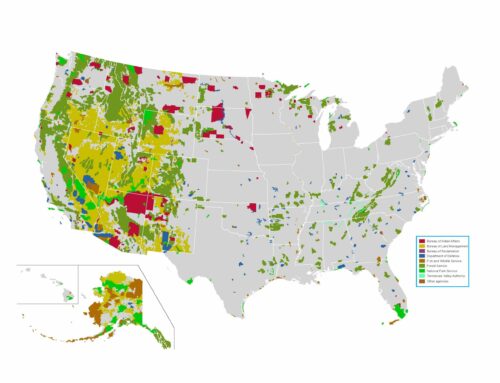by Jean Chemnick
E&E News reporter
How many people might die from air pollution? The answer should become clear today when EPA releases its revamped rule affecting carbon dioxide emissions at power plants.
How the agency accounts for deaths associated with fine particulate matter has been an open-ended question since EPA acknowledged last year that its proposal to replace the Clean Power Plan, an Obama-era climate rule, could result in 1,400 additional premature mortalities a year.
EPA air chief Bill Wehrum has said the final version being made public this morning will include changes to the methodology that EPA has used for decades to tally the impact of fine particulate matter, or PM2.5. But it’s unclear how the agency will recalculate health risks from soot that include asthma and heart disease…
“I think in the end, the rule’s going to be based on this notion that there aren’t any significant benefits to be had by shutting power plants down,” said Steve Milloy, who served on President Trump’s transition team…
“PM2.5 was the most important regulatory weapon the Obama administration had,” said Milloy. “The cost-benefit analysis is just basically a political rationalization. [PM2.5] was the way the Obama administration could rationalize the Clean Power Plan to say, ‘Hey, we’re going to save all of these lives every year, and that’s worth tens of billions of dollars.'”
Milloy…argues that outdoor PM2.5 doesn’t pose a threat to human health under any circumstances — “even in the most polluted areas of China.” He pointed to a study by two current members of EPA’s Science Advisory Board, Richard Smith and Stanley Young, who found no increased daily mortality rate from PM2.5 and ozone exposure among a cohort in California.





